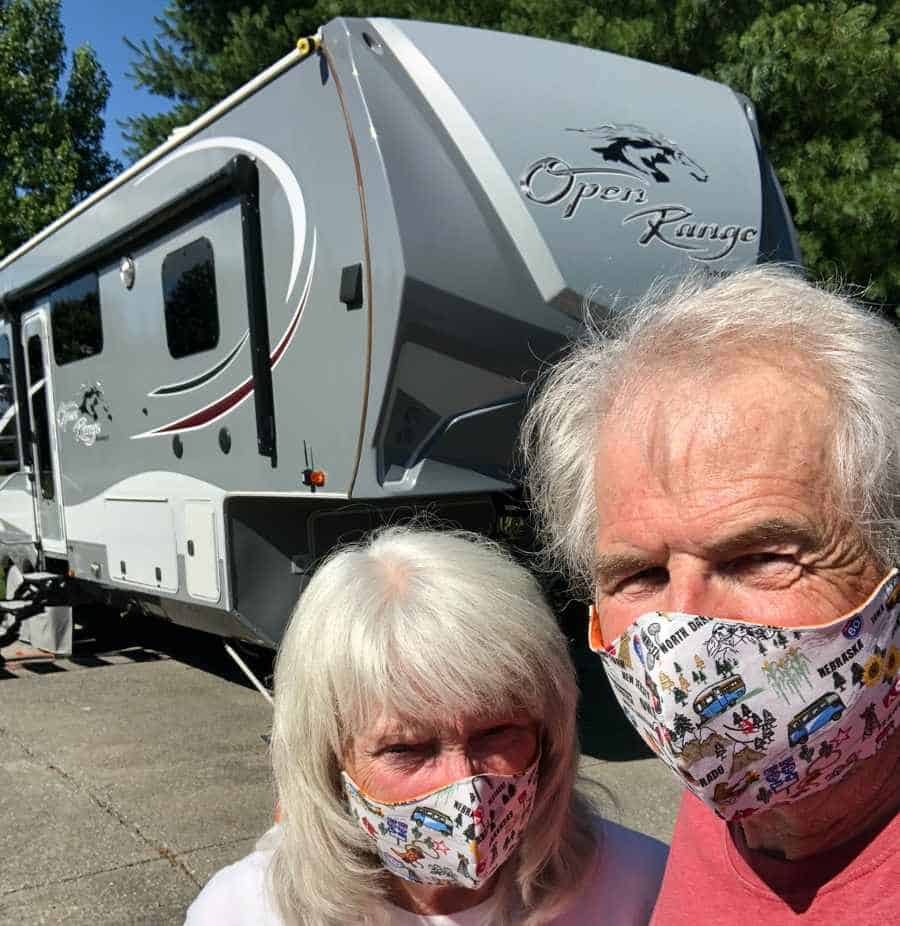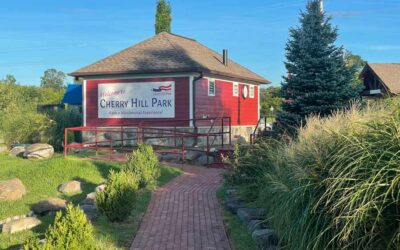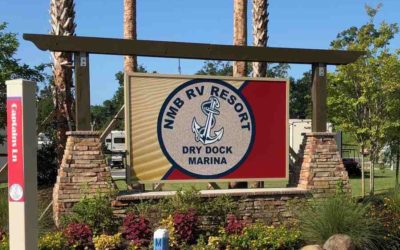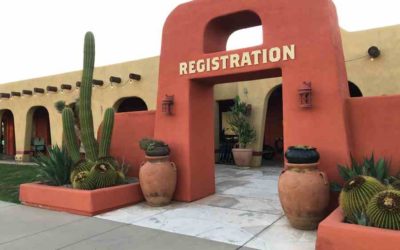Homebase Downtime
As this pandemic continues to raise its ugly head, we have decided to hunker down at our Homebase. This frankly provided me with an opportunity for a handful of projects that I wanted to get to before our next outing. Our last outing took us to Las Cruces, NM where the rig took a good beating from the heat and high winds. Throw in a little tumbleweed, ants, and various other debris and I had my hands full.
The post will run down all the upgrades, various maintenance issues, and shed some light on some of the products we use on the rig.
Upgrades
-
Haloview 7 Inch 720P Wireless Range Dominator System RD7 MAX
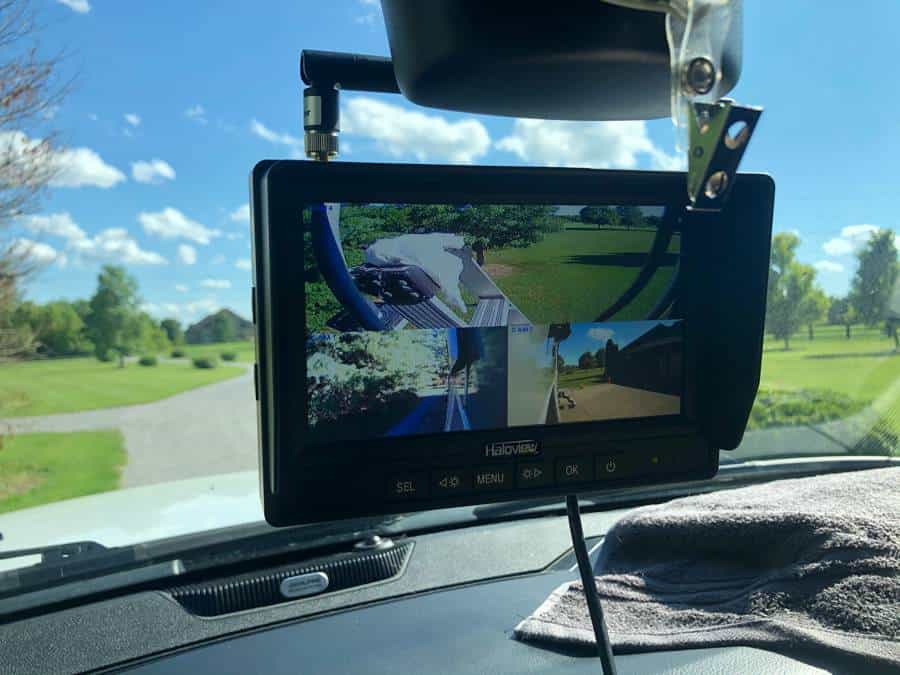 This is a project that I have been chopping at the bit to get to. Our Furrion Backup camera which we had installed when we bought the rig has been less than desirable, to say the least. The signal from the camera has always been intermittent at high speeds. This has left me blind on interstates where I could use a little help when passing. Mind you we have a 38 ft rig that I would have thought would not be an issue for this system. Lately, the camera intermittent issue has become more prevalent and the image has been hazy no matter how often I clean the lens.
This is a project that I have been chopping at the bit to get to. Our Furrion Backup camera which we had installed when we bought the rig has been less than desirable, to say the least. The signal from the camera has always been intermittent at high speeds. This has left me blind on interstates where I could use a little help when passing. Mind you we have a 38 ft rig that I would have thought would not be an issue for this system. Lately, the camera intermittent issue has become more prevalent and the image has been hazy no matter how often I clean the lens.
As I mentioned above we are currently using a Furrion camera. The rig was prewired with hardware to make the installation of the Furrion a snap. I choose the Haloview System based on the numerous reviews I had seen and the fact that it was compatible with the Furrion mount. The last thing I wanted was to have to drill more holes in my rig. Haloview provides an adapter that works flawlessly with the Furrion hardware for mounting their camera. Couple the latter with Haloviews current pricing and this system is a fantastic value. Haloview
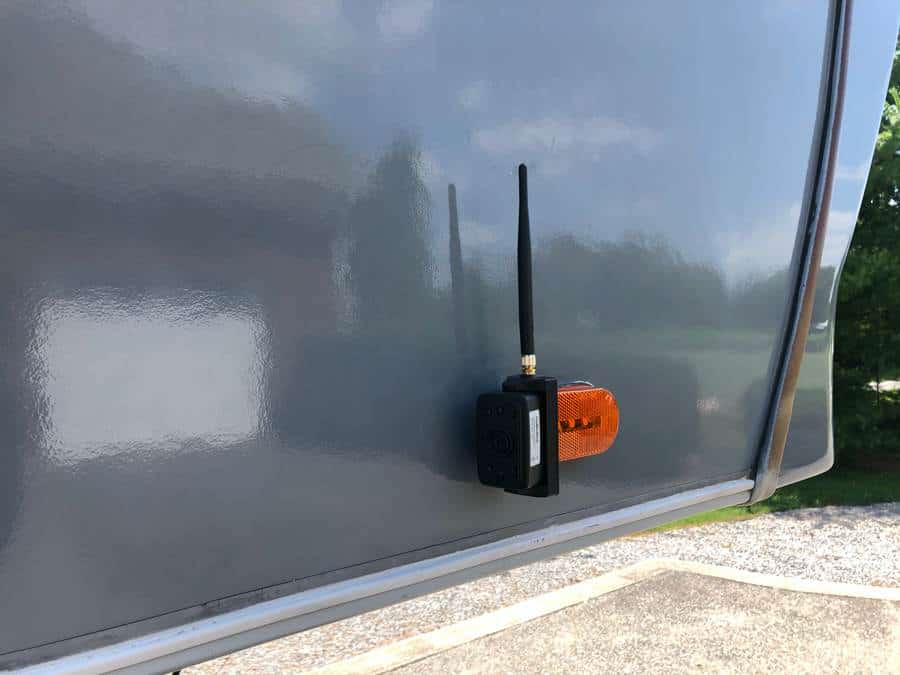 In The Box
In The Box
The Dominator system also comes with two side marker cameras and TX-BOX and extension cable. The TX-BOX serves as a repeater for the camera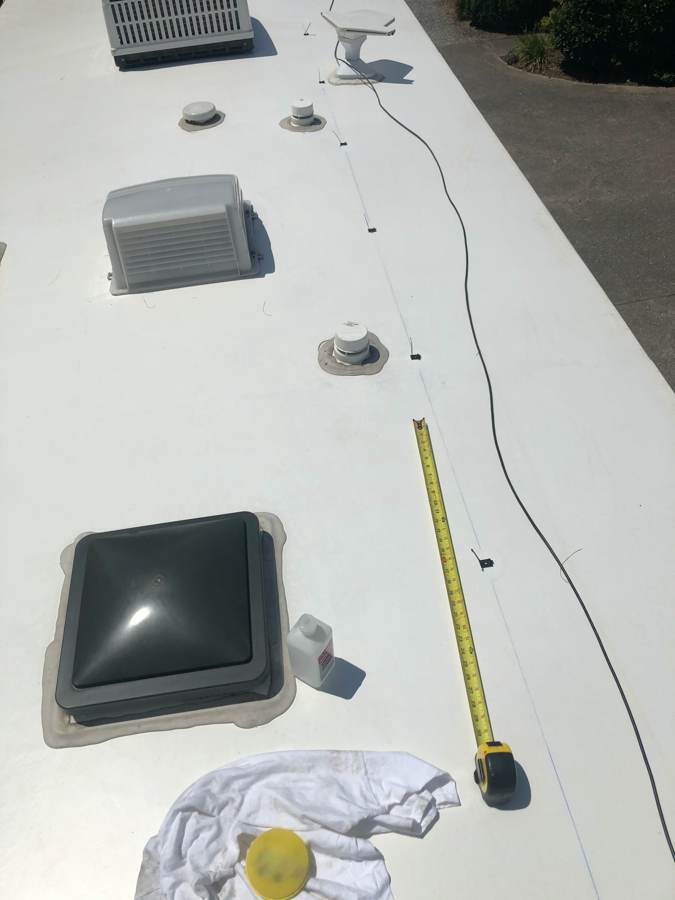 and cuts down the distance that the signal has to travel, which ensures a constant signal. Seeing how effective the side marker camera’s worked on various Class A motor homes, I felt they would be useful for us. I will be honest, I was not a big fan of running and attaching cable and the TX-BOX to our PVC roof. I got over that quickly once I got the provided mounting gear out of the packaging. They use a 3M sticker that I had previously used on my Magna Shade install. I hit the roof with a chalk line, divided the distance by the number of tie-downs, and went to work.
and cuts down the distance that the signal has to travel, which ensures a constant signal. Seeing how effective the side marker camera’s worked on various Class A motor homes, I felt they would be useful for us. I will be honest, I was not a big fan of running and attaching cable and the TX-BOX to our PVC roof. I got over that quickly once I got the provided mounting gear out of the packaging. They use a 3M sticker that I had previously used on my Magna Shade install. I hit the roof with a chalk line, divided the distance by the number of tie-downs, and went to work.
The roof was relatively clean but I used denatured alcohol to clean any residue where I was about to place the wire and device mounting hardware. Made short work of that and ran the cable from the front of the rig roof to the camera in the rear. To ensure the straps stayed put, I hit them with some self-leveling DICOR. The repeater is held in place with a similar adhesive and comes with an antenna.
Marker Camera
Working in the past with my side marker lights I found Open Range did not leave much in the way of extra wire to work with when replacing them. This was not the case with the front side markers at the tip of the rig. The install of these cameras was a breeze and took very little time to get up running. The cameras can be adjusted a full 70 degrees and the visibility I now have and each side of the rig is eyeopening. No longer do I have those blind spots when passing, backing into a site, or maneuvering in tight spaces.
Rear Back-Up Camera
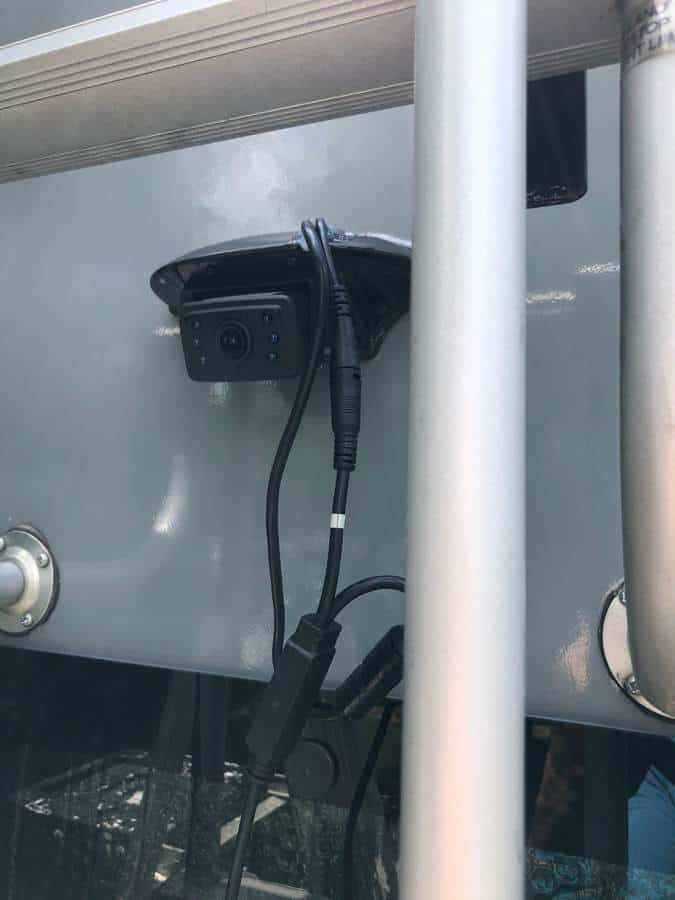 The install was pretty straightforward. Haloview provides all the necessary cables and mounting plates for a Furrion bracket. The Furrion camera had an antenna attached to it and the slot for it to extend. The slot now serves as the pass-through for the wiring on the new camera. I felt it necessary to fill the remaining gaps with a sealant to keep the area waterproof.
The install was pretty straightforward. Haloview provides all the necessary cables and mounting plates for a Furrion bracket. The Furrion camera had an antenna attached to it and the slot for it to extend. The slot now serves as the pass-through for the wiring on the new camera. I felt it necessary to fill the remaining gaps with a sealant to keep the area waterproof.
As you can see in the photo two cables coming out of the unit. One is connected to the repeater in the front of the rig, the other is the power to the repeater. The connections all have waterproof sealing covers around them. I was not expecting all this extra wire hanging about. I managed to tidy the installation up by strapping the cables to the roof ladder. With the addition of a few more cable tie-downs up the back of the RV, the installation was complete.
I got a little ahead of myself on the install and did not pair the unit prior to mounting it in the Furrion bracket. I am happy to say with a little help from my wife the pairing went without a hitch. Glad I did not have to pull the unit down to be sure it was getting power etc. The 720 HD video from this camera is amazing. They say it will provide 1200 feet line of sight view. I would say that is not far from the truth and the picture is darn good. The proof of the pudding will be our first road trip. I will update this post then.
Routine Maintenance
-
Air Conditioners
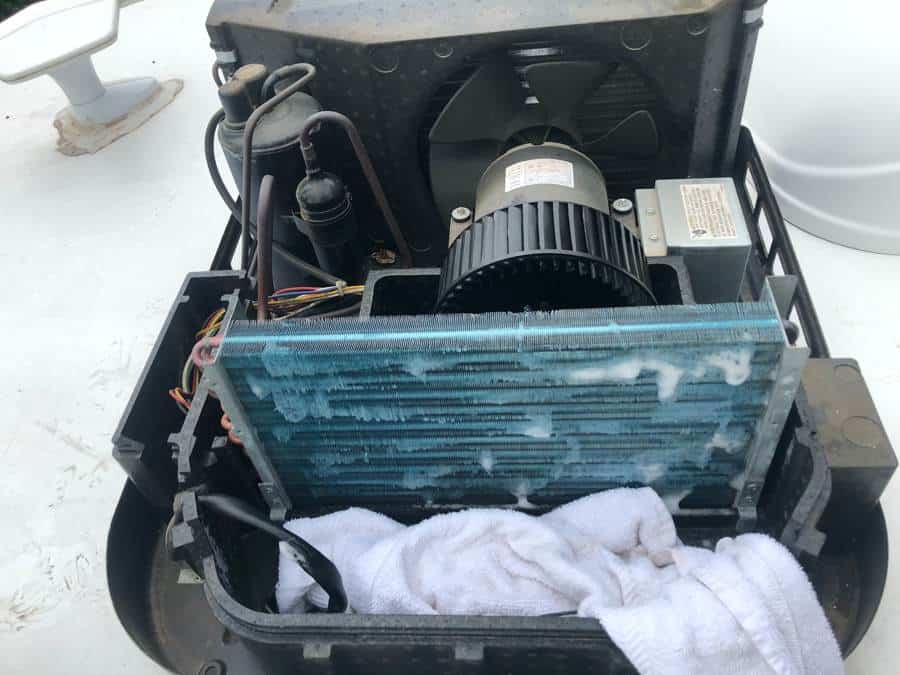 To say our air conditioners got a workout when we were in New Mexico is an understatement. We sat in 100+ degree temperatures most of the two weeks we were there. Throw in a wind storm or two that put a ton of debris in the air and I knew that I would be in for some work on the units. The two Dometic Air Conditioners we have on the rig worked flawlessly during our month of travel. This frankly comes from regular maintenance on these units’ mid and end-of-season travel.
To say our air conditioners got a workout when we were in New Mexico is an understatement. We sat in 100+ degree temperatures most of the two weeks we were there. Throw in a wind storm or two that put a ton of debris in the air and I knew that I would be in for some work on the units. The two Dometic Air Conditioners we have on the rig worked flawlessly during our month of travel. This frankly comes from regular maintenance on these units’ mid and end-of-season travel.
With our new downtime, I decided to get up on the roof and have a look at our units. Starting in the rear of the RV I pulled the cap only to find the exchanger cavity full of debris from our trip. Pine needles from our Little Rock stay tumbleweed parts from our trip through Texas and plenty of dirt from the New Mexico leg. I would go into full detail on my method of cleaning these units but the folks from Changing Lanes have put together a video with the help of Two Beards and A Babe. This video goes into a complete cleanup and products to use during the process. I can stay without reservation this method works great. So just click on their name above and it will take you right to that video.
-
Waxing The Rig
 You know I have time on my hands when I decide to take on washing and waxing the rig during the summer months. I typically reserve this choir for the late fall or for that matter when we travel down to Destin we have the folks at Emerald Coast RV Wash take care of it. Given the fact that our travel plans are on hold at the moment and I am not sure we are headed to FL the job lands on me. The nose of the rig always needs attention and this go-around was no different. The bugs from TN to TX were fierce and the nose was covered with them. We use a wet Bounce to begin the removal and then our typical car wash to finish the process. With a little help from Ginny working the towels to dry the rig off after I washed it we were ready to wax.
You know I have time on my hands when I decide to take on washing and waxing the rig during the summer months. I typically reserve this choir for the late fall or for that matter when we travel down to Destin we have the folks at Emerald Coast RV Wash take care of it. Given the fact that our travel plans are on hold at the moment and I am not sure we are headed to FL the job lands on me. The nose of the rig always needs attention and this go-around was no different. The bugs from TN to TX were fierce and the nose was covered with them. We use a wet Bounce to begin the removal and then our typical car wash to finish the process. With a little help from Ginny working the towels to dry the rig off after I washed it we were ready to wax.
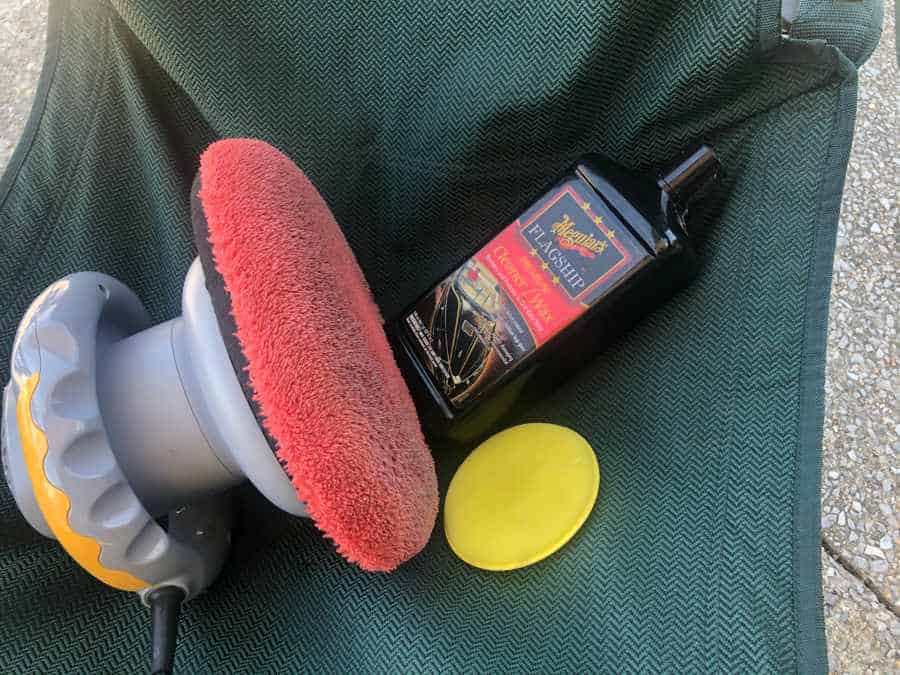 I know there are all types of products out there to make this task a walk in the park. I have yet to find that but you are certainly welcome to suggest or point to another method in the comments section. The tools I arm myself with are a 9″ orbital wax and buffer, McGuires Marine Cleaner and Wax, large wax bonnet, smaller disposable sponge applicators, buffer bonnets, and a handful of microfiber towels for touch up.
I know there are all types of products out there to make this task a walk in the park. I have yet to find that but you are certainly welcome to suggest or point to another method in the comments section. The tools I arm myself with are a 9″ orbital wax and buffer, McGuires Marine Cleaner and Wax, large wax bonnet, smaller disposable sponge applicators, buffer bonnets, and a handful of microfiber towels for touch up.
Lucky me the rig is shaded by three rather large pines that give me ample shade in the early am. I am blessed with a north/south orientation of the rig giving me the same shade until 11:00 am or so on the passenger side. Using the 9″ orbital with the wax bonnet and McGuires gives the rig and deep clean removing any oxidation and a great wax. Retirement has taught me one thing, “Rome Was Not Built In A Day”. This job takes me about three full mornings to complete.
The McGuires Marine will typically shed water for an entire season depending on the conditions. I do like to have this done in the late fall when I am ready to cover the rig for the year. I am a whole lot early this year but I am not sure we will be getting out again.

